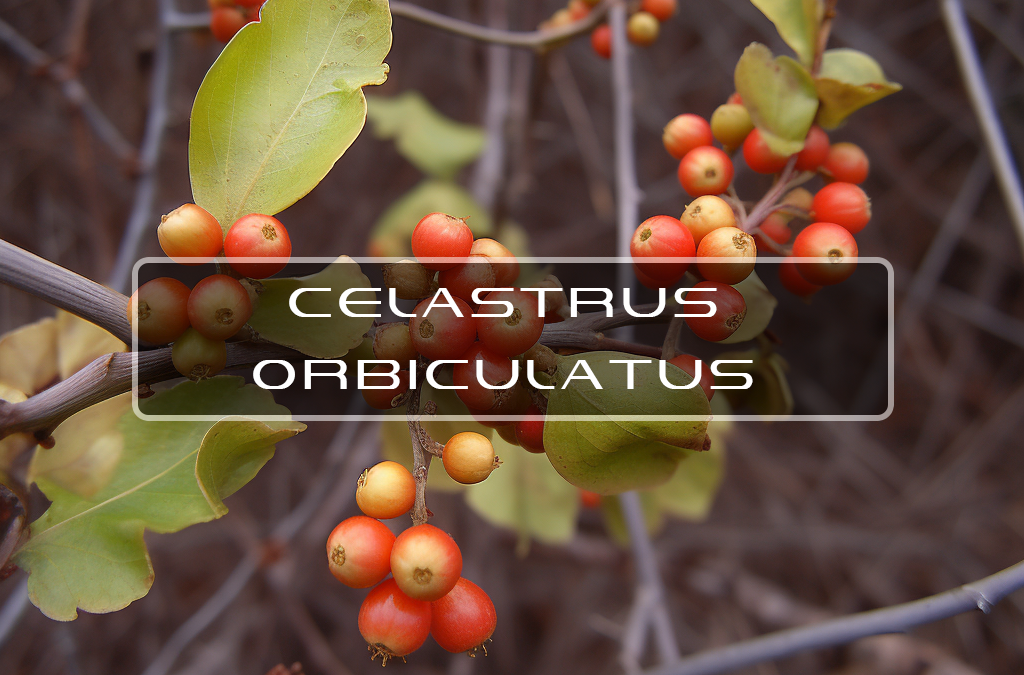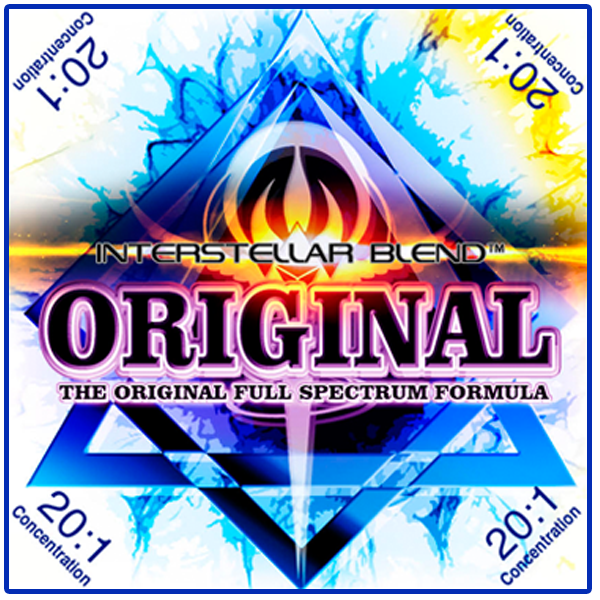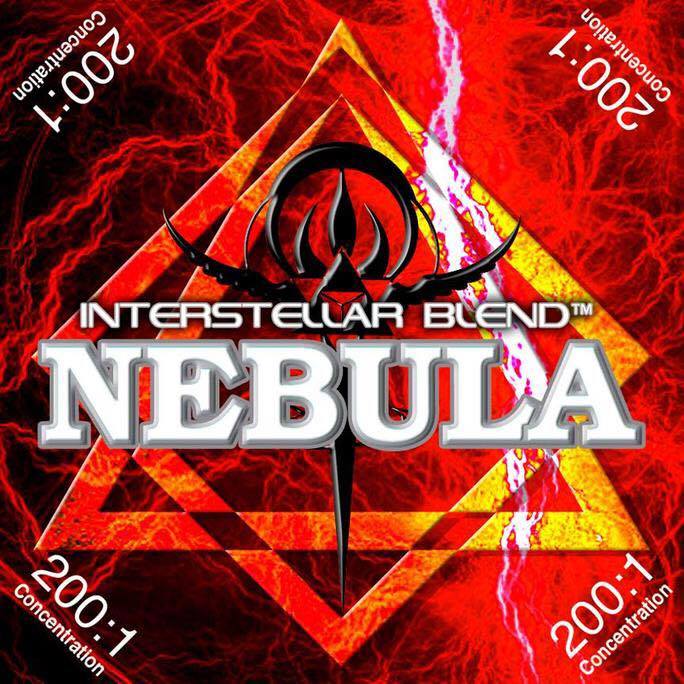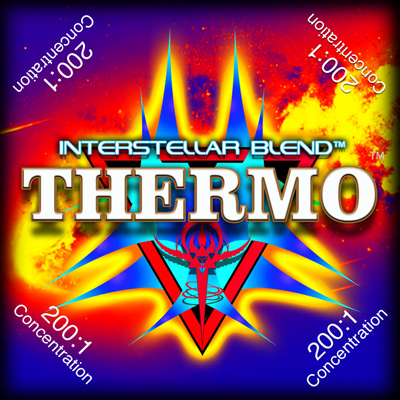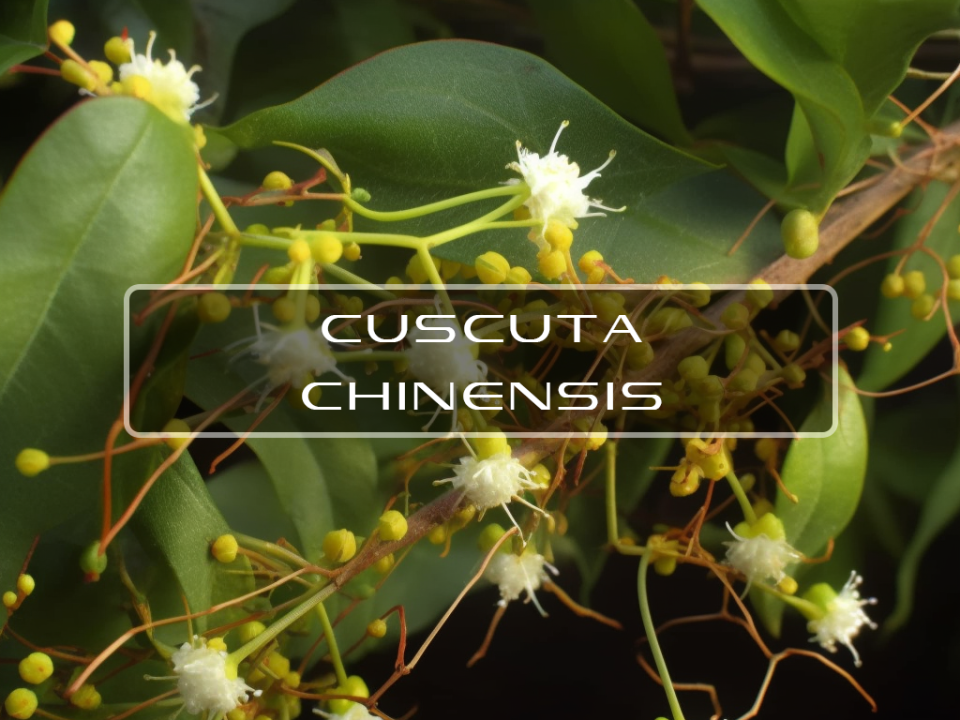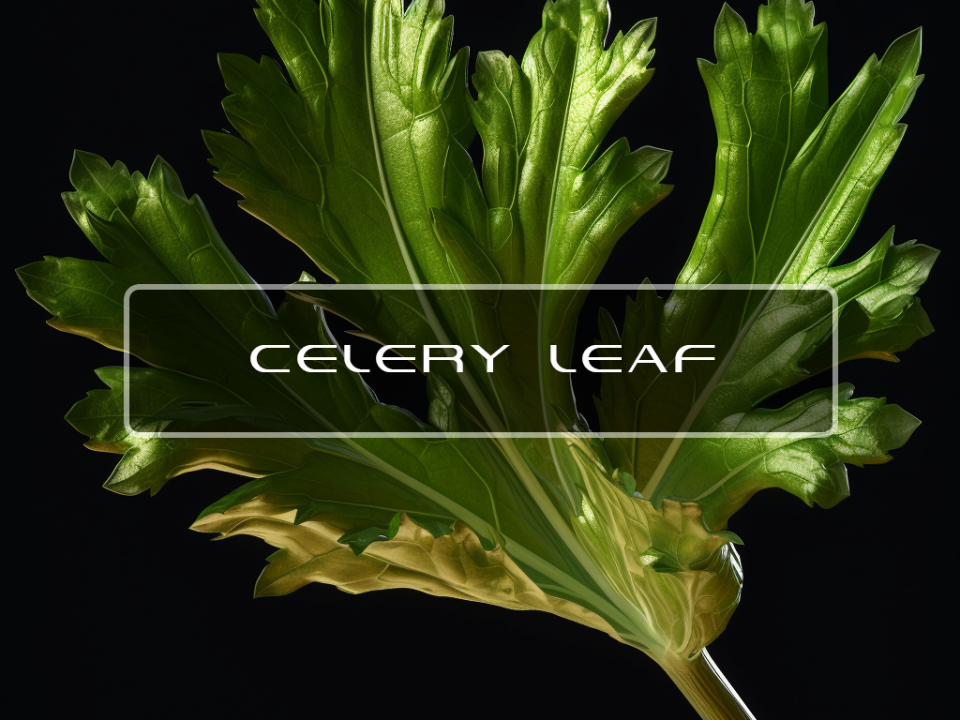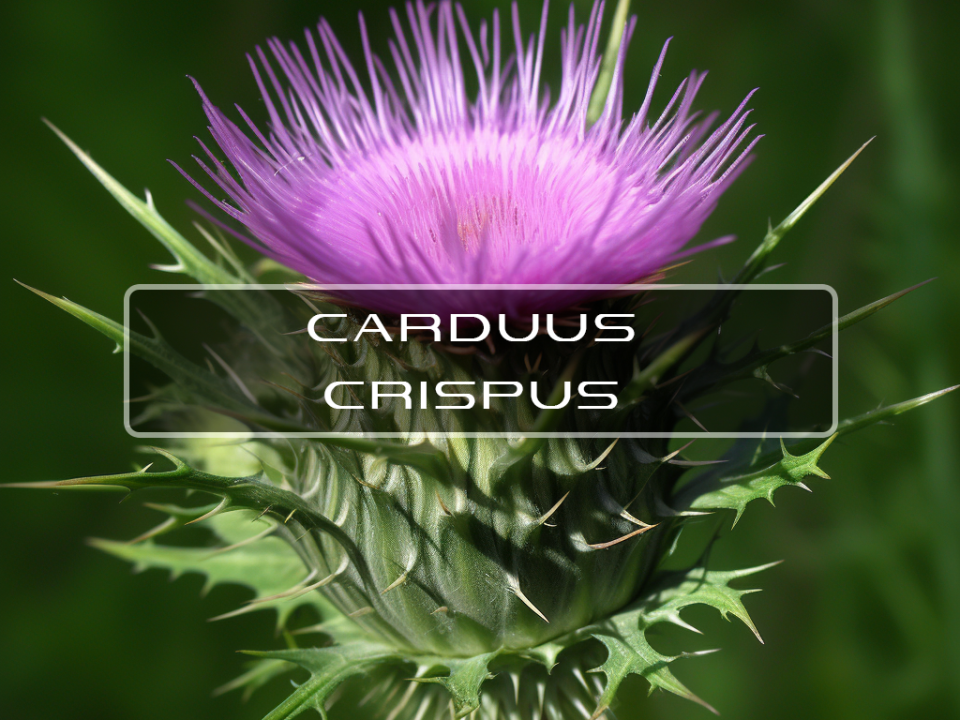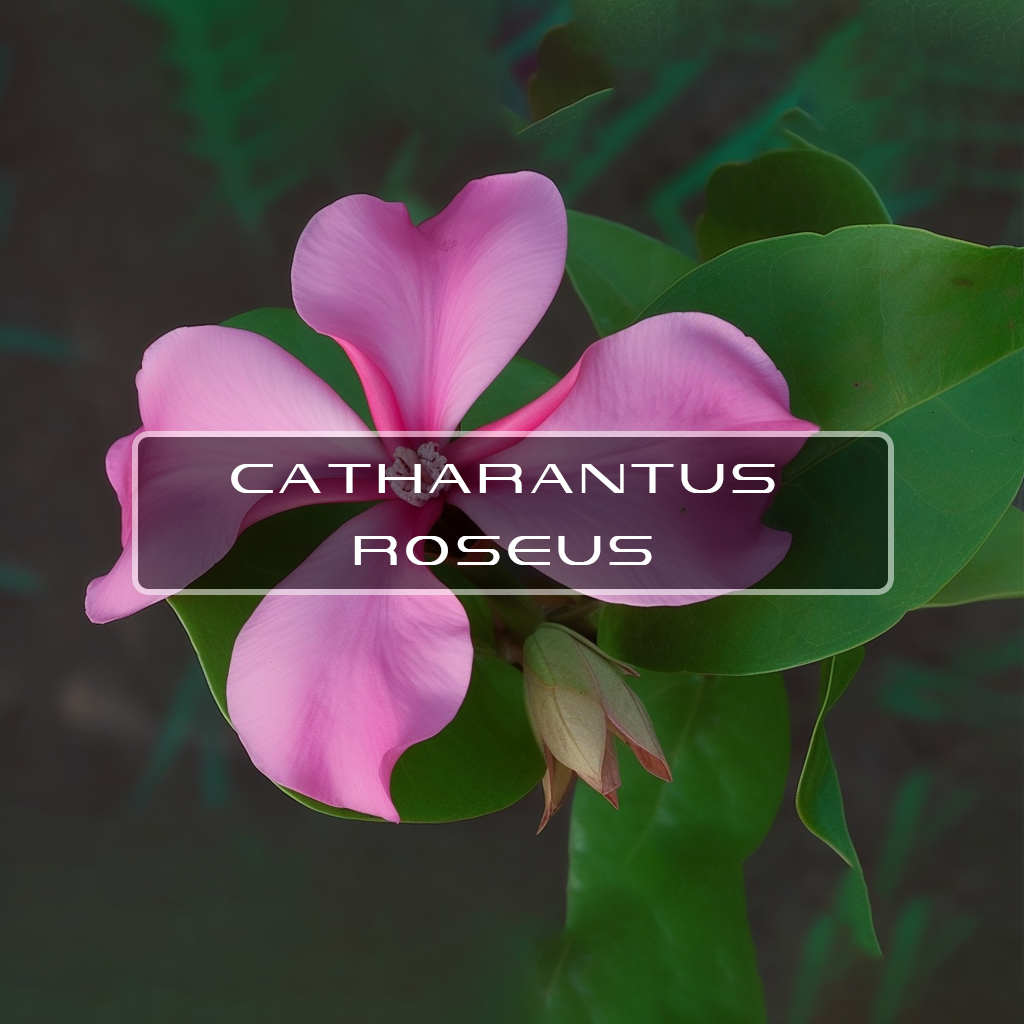
Catharantus Roseus
August 20, 2018
Chenopodium Ambrosioides
August 20, 2018Celastrus Orbiculatus
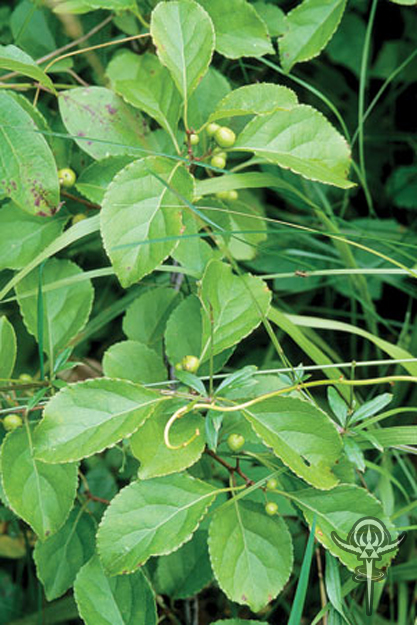
This vine is native to East Asia, which include the following areas: Japan, Korea, and China. It is a highly attractive ornamental vine because it can grow easily. It was utilized in highway landscaping and to provide food for the wildlife.
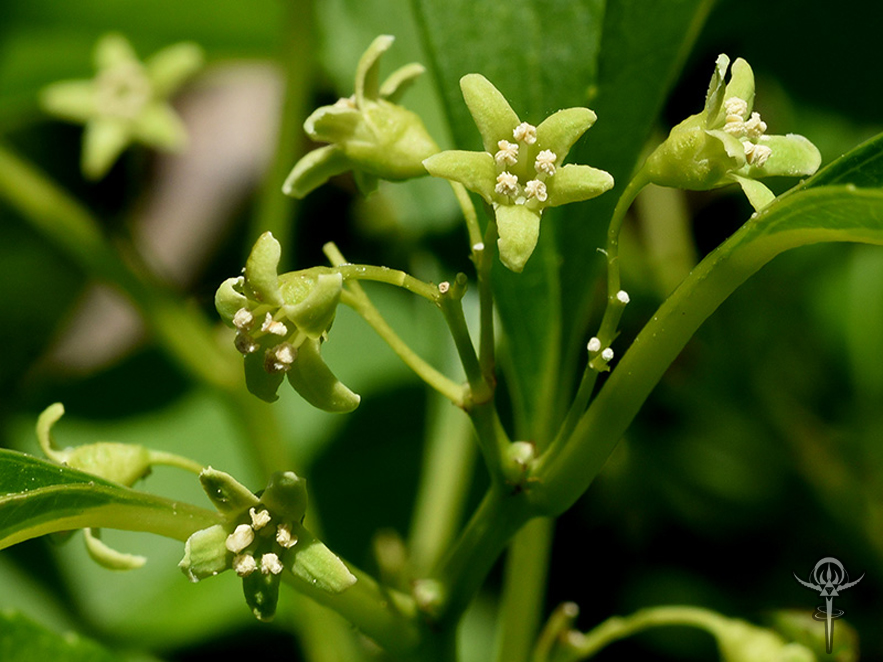
Benefits of Celastrus Orbiculatus
COE significantly inhibited proliferation and induced apoptosis in Hepa1-6 cells and inhibited VEGF expression at both mRNA and protein levels.
In summary, COE could be used to treat hepatic carcinoma. The mechanisms of the antitumor activity of COE may be due to its effects against tumor angiogenesis by targeting the VEGF protein.
Mice bearing transplanted tumor S180 and Heps were used to study the effects of acetoacetate and n-butanol extractive from C. orbiculatus. The changes in serum contents of SOD and malondialdehyde (MDA) content were assayed.
Acetoacetate and n-butanol extractive from C. orbiculatus have anti-tumor effects and anti-oxidative capacity.
Apoptotic Effects - In this study they investigated the apoptotic effects and underlying molecular mechanisms of Celastrus orbiculatus (C. orbiculatus) extract in human hepatocellular carcinoma cells.
COE significantly inhibited cell viability and induced apoptosis of HCCLM6 cells in a dose-dependent manner. Apoptosis was accompanied by increased Bax expression and decreased Bcl-2 expression. In addition, COE treatment led to the release of cytochrome c, activation of caspase-3, and cleavage of poly (ADP-ribose) polymerase (PARP).
COE induces mitochondrial-mediated, caspase-dependent apoptosis in HCCLM6 cells, which might be attributed to the activation of mitogen-activated protein kinase (MAPK) and inhibition of Akt signaling pathways. These data suggest that COE may be a potential treatment for human hepatocellular carcinoma.
Anti-Cancer - In this study, we investigated anticarcinogenic effects of Celastrus orbiculatus (CO). CO was extracted with methanol (COM), and then further fractionated into four different types: methanol (COMM), hexane (COMH), butanol (COMB) and aqueous (COMA) partition layers.
Although further studies are needed, the present work suggests that CO may be a chemopreventive agent for the treatment of human cells.
The present study analyzed the effect of COE on HT‑29 cell viability, apoptosis and autophagy using MTT assay, flow cytometry, transmission electron microscopy and western blotting.
Furthermore, autophagy and apoptosis induced by COE synergized to inhibit colorectal cancer growth. In addition, COE treatment decreased the phosphorylation of Akt and its downstream effectors mTOR. Compounds that induce autophagy administered in combination with COE may be an attractive strategy for enhancing the anti‑tumor potency of COE in colorectal cancer.
The present study provides novel evidence that COE may be a promising agent against human colorectal cancer, particularly in light of the fact that cancer cells can escape induction of apoptosis, resulting in drug resistance. The present study may aid in the development of new strategies for the formulation of effective therapeutic drugs that would selectively target cancer cells and induce autophagic cell death independently of the normal apoptotic pathway.
COE inhibits IL-1β and TNF-α combination-induced FLSs invasion by suppressing NF-κB-mediated MMP-9 expression.
Anti-Inflammatory - An inhibitor of cyclooxygenase (COX)-1 activity of prostaglandin H2 synthase was isolated from aerial parts of Celastrus orbiculatus Thunb. (Celastraceae), an oriental folk medicine for rheumatoid arthritis by activity-guided column chromatographic methods.
(-)-Epiafzelechin exhibited significant anti-inflammatory activity on carrageenin-induced mouse paw edema when the compound (100 mg/kg) was orally administrated at 1 h before carrageenin treatment.
Antimetastatic Effects - The present study was undertaken to determine if the antimetastatic effects of COE were involved in inhibition of the epithelial–mesenchymal transition (EMT) of human gastric adenocarcinoma SGC-7901 cells.
Treatment with COE dose-dependently inhibited the proliferation, adhesion, invasion, and migration of SGC-7901 cells in vitro, which was realized by enhancing the expression of E-cadherin and reducing N-cadherin and vimentin expression.
Our findings provided new evidence that COE is an effective inhibitor of metastatic potential of SGC-7901 cells through suppression of EMT and NF-κB/Snail signal pathway. Based on these findings, COE may be considered a novel anticancer agent for the treatment of metastasis in gastric cancer.

Related Products

